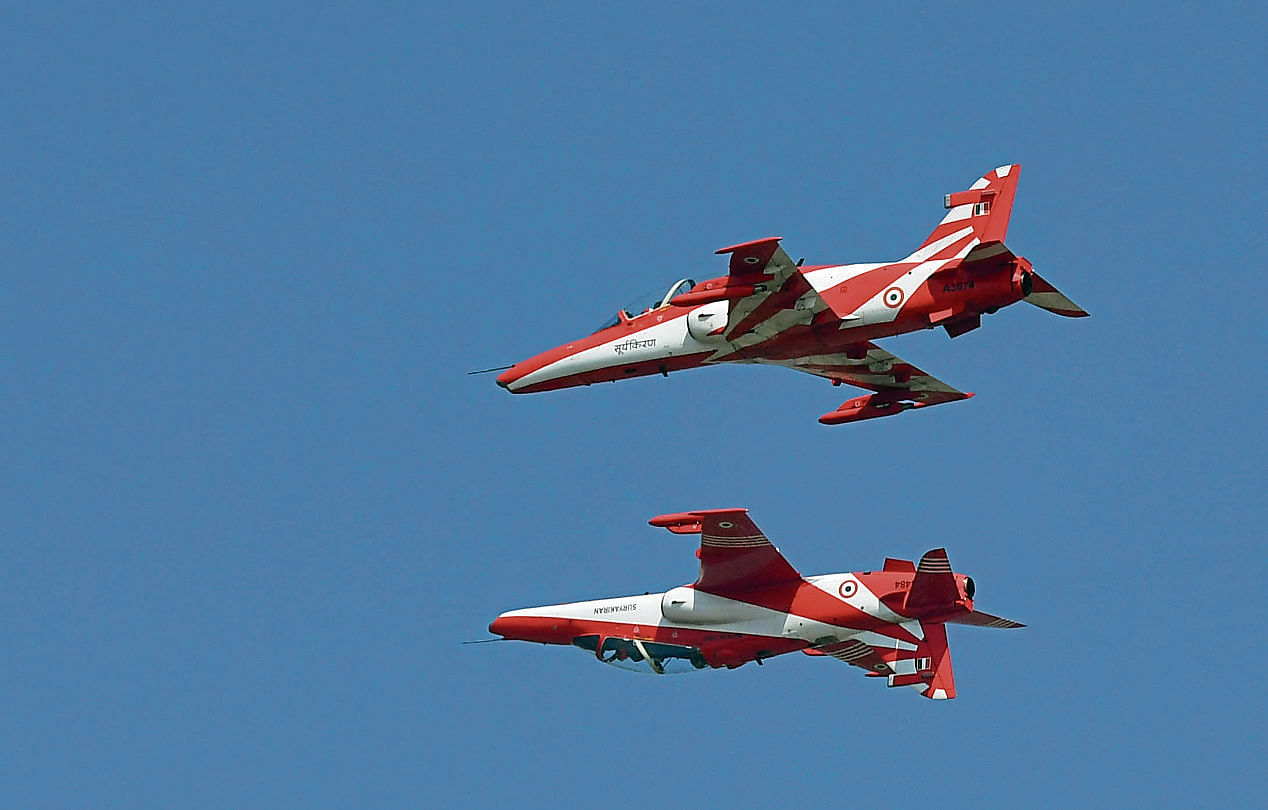
The bi-annual Aero India show has served its purpose amidst Covid-19 constraints. Huge orders for the procurement of indigenous military aircraft and helicopters have brought cheer to HAL. These could help dust-off other shelved aircraft proposals of the DRDO, NAL and HAL. While India has been successful in developing the capability to build military aircraft and helicopters, it has a poor record on building its own civil aircraft. Prof. Roddam Narasimha’s dream of building an indigenous ‘regional jet’ through an autonomous ‘Aircraft Commission’, akin to the Space Commission and Atomic Energy Commission, has remained unfulfilled for more than three decades. During his tenure at NAL, Narasimha did manage to get sanction for building a light transport aircraft, the primate of a large civil aircraft.
Around the year 2005, the Tatas were keen on co-developing a 120-seater regional transport aircraft with the Brazilian Embraer. The bureaucratic hurdles quickly shattered this dream. In 2008, two proposals for the indigenous development of 60/70-seater aircraft, one each from HAL and NAL, made the rounds, literally from pillar to post, in the civil aviation ministry. The designer of the LCA ‘Tejas’, Kota Harinarayana, consolidated both these requirements and submitted a common proposal to the ministry. At this juncture, the Ministry of Defence entered the fray and pushed the project to be shelved, expressing fears over HAL being exposed to civil projects. In the meanwhile, the 14-seater multirole transport aircraft Saras was tasting its initial successes at NAL. However, this morale booster was short-lived. A fatal crash of a prototype in 2009 sealed its fate.
By 2010, the government-appointed former ISRO chairman G Madhavan Nair to conduct a feasibility study for an indigenous 90-seater civilian plane. The reason for choosing a space scientist who had never worked in any aircraft project to do this job was obvious. ISRO had many successes in its space missions, compared to the lacklustre performances of HAL, NAL and DRDO. Nair, with the assistance of veterans of aeronautics including Kota Harinarayana, drew up a roadmap to develop an Indian Regional Jet (IRJ) aircraft. The committee estimated investment of Rs 5,000 crore, with an expectation of a prototype flying in five years. This optimistic time frame was drawn up by the HAL designers who had earlier created a record of flying a prototype of the Intermediate Jet Trainer (IJT) aircraft within two years from its drawing board stage. The designers of the Light Combat Aircraft programme from DRDO also joined the IRJ team. By this time, NAL had shut down the Saras project and its designers were relocated to the IRJ project.
While the IRJ was awaiting approval from the government, Nair had to quit the team in 2015. The alleged Antrix-Devas spectrum scam had tarnished the image of the former chief of ISRO. He was barred from taking up any assignment with the government. Many anticipated that NAL would take the lead in the IRJ programme during this period. But the then Director General of CSIR, Samir Brahmachari, felt that aircraft development was not part of NAL’s role. Thus, the dream of developing an IRJ was nipped in the bud.
In September 2019, the government approved a Saras Mk.2 aircraft development project. This 19-seater aircraft is expected to meet the demands of IAF, BSF, Coast Guard and Home Ministry (for VIP movement). Saras Mk.2 is expected to be a game-changer for the ambitious Ude Desh ka Aam Nagarik (UDAN) scheme of the government as well. Under this programme, the government is planning to acquire 50-60 aircraft by 2023.
India has a legacy of 80 years in aircraft-building, mostly on license from foreign manufacturers. The huge infrastructure and human resources of HAL, NAL, DRDO and the private sector could have judiciously been utilised to build an IRJ by this time. However, the lack of synergy between these agencies and the interference by the ministries of civil aviation and defence (and IAF) have made the IRJ a non-starter.
A 2018 survey by Boeing had estimated a total requirement of 2,000 narrow-bodied aircraft for India in the next 20 years. However, in the post-Covid-19 era, the aviation business has experienced a major setback. Conservatively, we can trim the requirement to half the original estimate. Entering the civil aircraft domain has its own advantages. While it fulfills the astronomical domestic demand, it would also support the establishment of MRO (maintenance, repair and overhaul) facilities for other manufacturers. Back in 2017, Embraer had shown interest to create such an MRO facility at Begumpet in collaboration with Air India to cater to its South-East Asian customers.
Missing the bus, is an adage used to signify lost opportunities, but in the context of civil aviation, India has really missed boarding the aircraft so far. That should change.
(The writer is a former DRDO scientist and a former DGM with HAL who has worked on Tejas, Intermediate Jet Aircraft, Kaveri engine and other national projects)